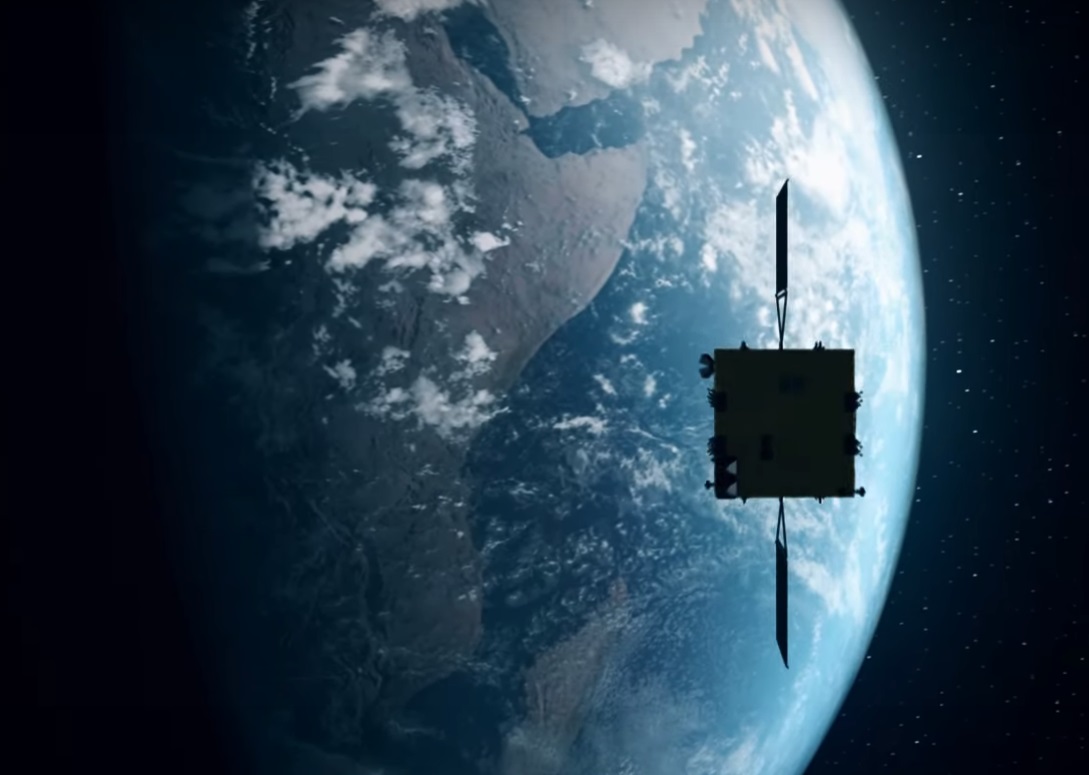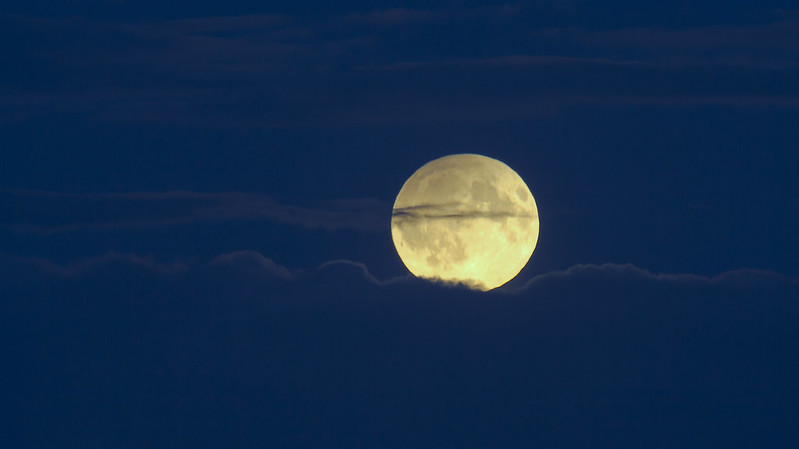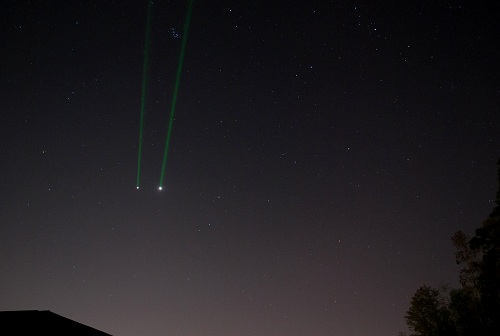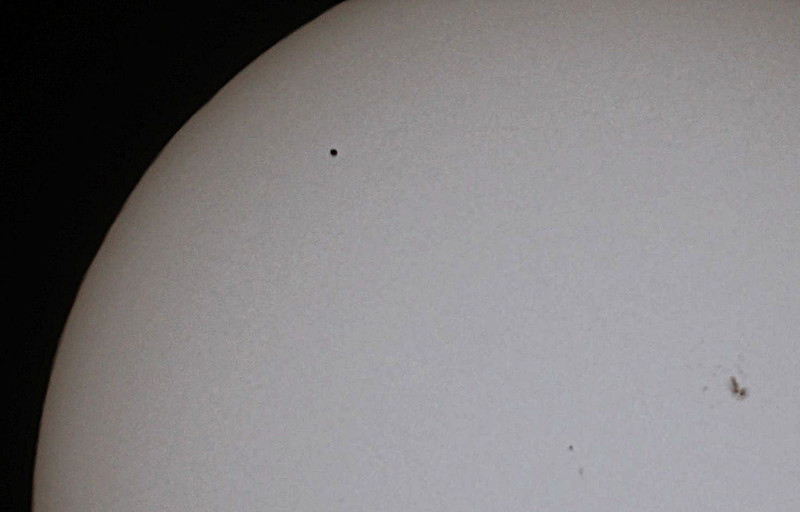The European Space Agency is looking to recruit amateur astronomers to help characterize possible secondary targets for the upcoming Hera asteroid rendezvous mission.
Continue reading “ESA Recruits Amateur Astronomers Ahead of Hera Asteroid Mission”Our Guide to this Friday’s Penumbral Lunar Eclipse
Ready for the very first lunar eclipse of the year? The first eclipse season of 2020 comes to an end Friday, with a penumbral lunar eclipse. This season overlaps with 2019, when it kicked off with the Boxing Day annular solar eclipse of December 26th, 2019.
Continue reading “Our Guide to this Friday’s Penumbral Lunar Eclipse”Top Astronomical Events for 2020
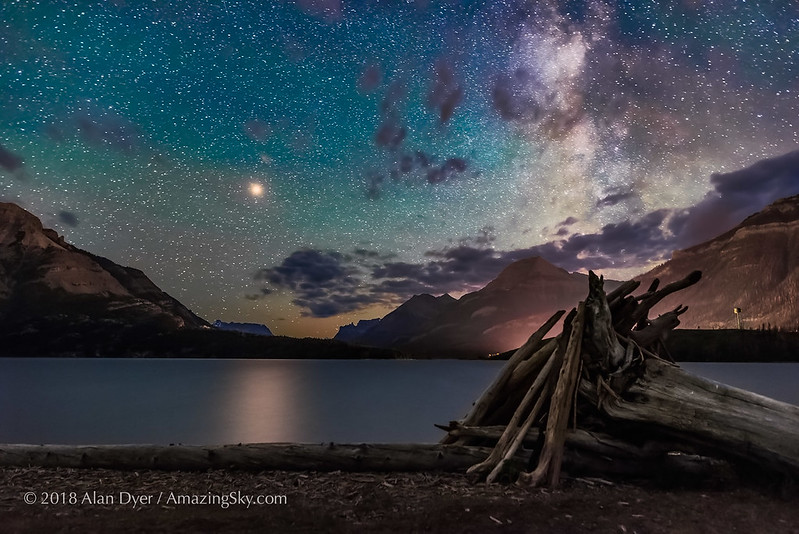
Ready for another amazing year of sky watching and astronomy in 2020? Hard to believe, were already a fifth of the way into the 21st century. 2020 rounds out the final year of the second decade, promising an amazing year of skywatching to come.
Continue reading “Top Astronomical Events for 2020”Waiting for Betelgeuse: What’s Up with the Tempestuous Star?

Have you noticed that Orion the Hunter—one of the most iconic and familiar of the wintertime constellations—is looking a little… different as of late? The culprit is its upper shoulder star Alpha Orionis, aka Betelgeuse, which is looking markedly faint, the faintest it has been for the 21st century.
Continue reading “Waiting for Betelgeuse: What’s Up with the Tempestuous Star?”Our Guide to the December 26th Annular ‘Ring of Fire’ Eclipse
Ready for the final ‘Ring of Fire’ solar eclipse of 2019? The final eclipse of the year kicks off this week on Wednesday, early on December 26th the day after Christmas, with an annular solar eclipse spanning the Indian Ocean region from the Middle East to the western Pacific.
Continue reading “Our Guide to the December 26th Annular ‘Ring of Fire’ Eclipse”Will Blanpain Perform? Comet Prospects for 2020
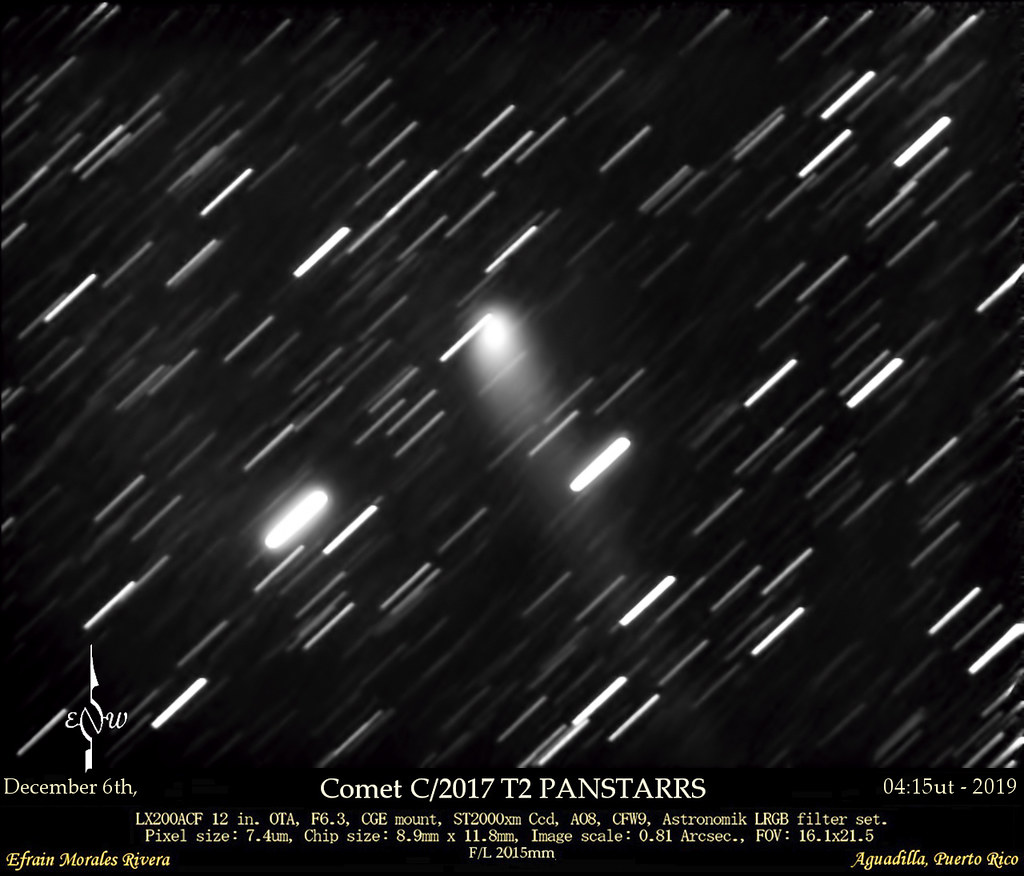
Looking forward to the next bright comet in 2020 or beyond? You’re not alone. Though we’ve had a steady string of decent binocular comets over the past few years, we haven’t had a good naked eye comet since W3 Lovejoy beat solar death during its blistering perihelion passage in 2011. But this survivor turned out to be bashful, and headed for southern hemisphere skies… Comet P1 McNaught followed suit in 2007, hiding from northern hemisphere observers at its best. And we all remember what happened to Comet S1 ISON—touted as the next great ‘Comet of the Century’ on U.S. Thanksgiving Day 2013. Here it is almost 2020, and you have to go allll the way back nearly a quarter of a century to Hale-Bopp and Hyakutake to remember just how brilliant a good naked eye comet can be.
Continue reading “Will Blanpain Perform? Comet Prospects for 2020”December Meteor Squalls: Prospects for the 2019 Geminids and Ursids
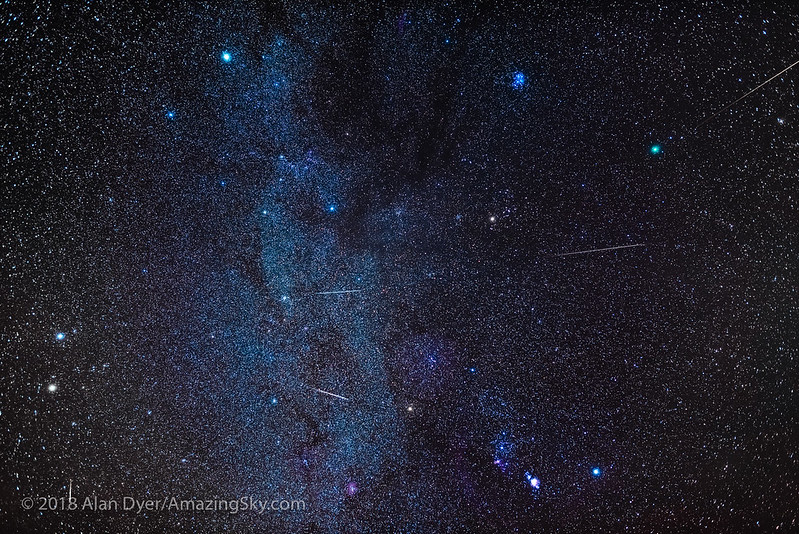
December means chillier climes for northern hemisphere residents, a time to huddle inside near the campfire, both real and cyber. I’ve always thought this was a shame, as the cold crisp nights of winter also offer up sharp, clear skies. Over the past decade or so, December gives observers another reason to brave the cold: the Geminids.
Continue reading “December Meteor Squalls: Prospects for the 2019 Geminids and Ursids”Conjunction Alert: Jupiter Meets Venus at Dusk
Get ready: The conjunction queries are inbound. “Did you see those two bright things in the sky last night?” Says a well-meaning family member/friend/coworker/random person on Twitter who knows you’re into astronomy. “They were HUGE!”
Continue reading “Conjunction Alert: Jupiter Meets Venus at Dusk”November Meteors: Taurids, Leonids and a Surprise Monocerotids Outburst
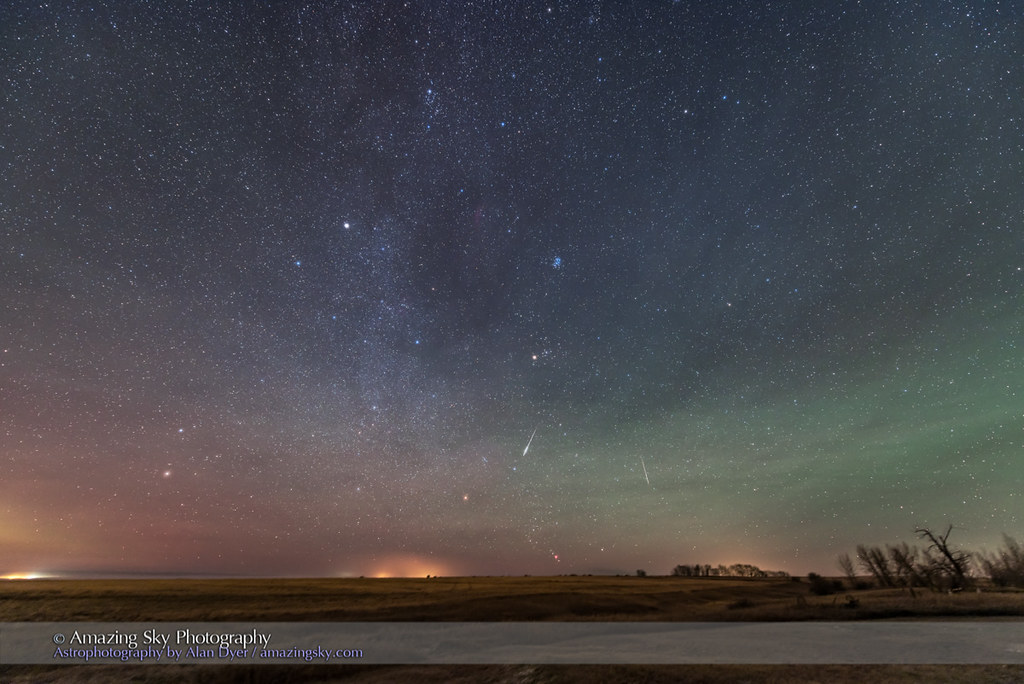
For the northern hemisphere observers, November is fireball season. This month, keep an eye out for two sure-fire annual meteor showers, and—just maybe—a wild card outburst from the obscure Alpha Monocerotids worth watching out for.
Continue reading “November Meteors: Taurids, Leonids and a Surprise Monocerotids Outburst”Our Guide to the November 11th, 2019 Transit of Mercury Across the Sun
One of the finest spectacles in astronomy is to witness the passage of one object in front of another. This can transpire as an eclipse, an occultation, or a rare event known as a planetary transit. We get a shot at seeing just such a singular event next Monday on November 11th, as a transit of Mercury across the face of Sol occurs for the last time this decade.
Continue reading “Our Guide to the November 11th, 2019 Transit of Mercury Across the Sun”
